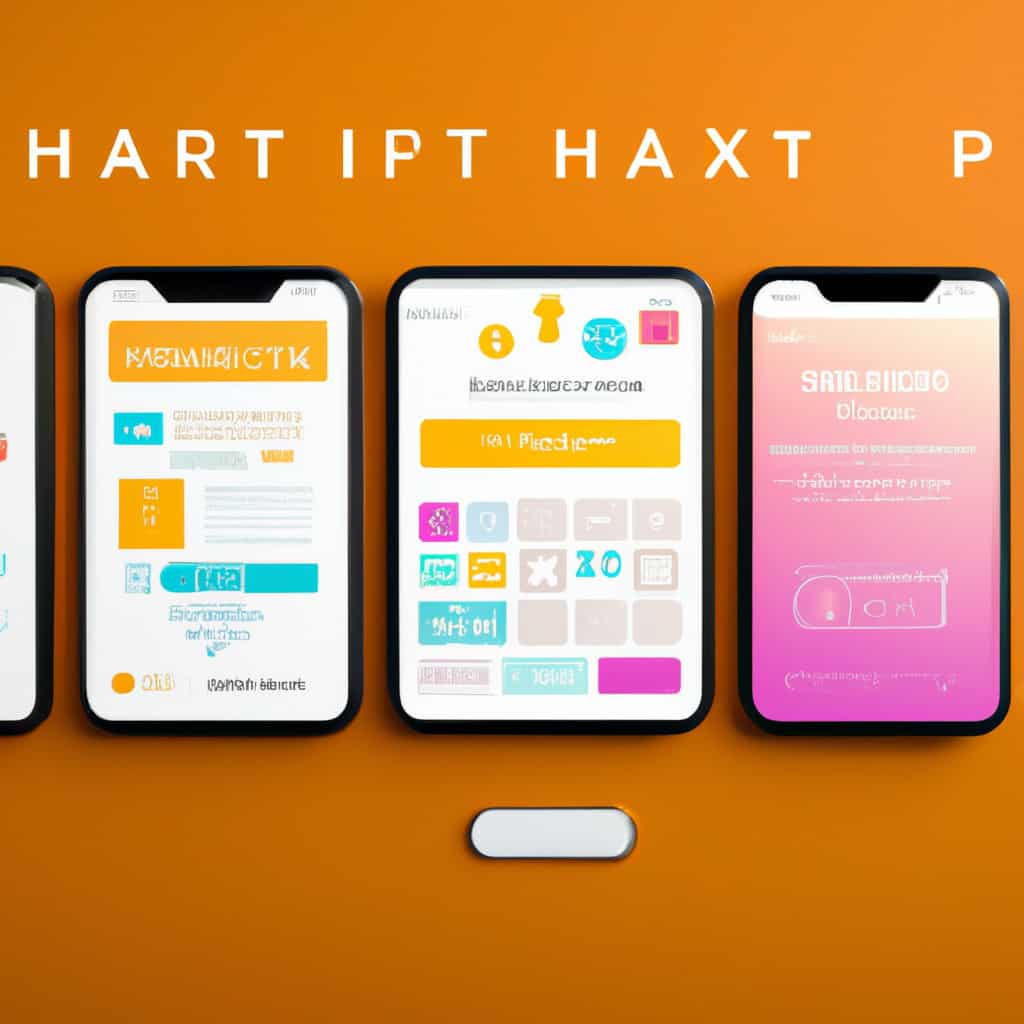In the realm of data analysis and storytelling, the power of visual representation is undeniable. This article explores the five best data visualization tools that enable users to transform complex data into clear and impactful visual representations.
By examining their features, ease of use, and visualization options, readers can discover the ideal tool that suits their specific needs.
From interactive dashboards and charts to infographics and maps, these tools empower individuals, whether data analysts, business professionals, or researchers, to effectively communicate insights and make data-driven decisions.
Through employing these data visualization tools, readers will elevate their data analysis and storytelling capabilities to the next level.
Key Takeaways
- Data visualization tools offer a wide range of features for transforming complex data into clear and impactful visual representations.
- These tools provide various options for visualizing data in the most appropriate format, including interactive dashboards, charts, infographics, and maps.
- Data visualization enables decision-makers to gain insights quickly and make informed, data-driven decisions.
- Collaboration and improved data literacy are facilitated by these tools, empowering individuals to collaborate, improve their understanding of data, and make informed decisions based on insights gained.
Features of the Best Data Visualization Tools
The best data visualization tools offer a wide range of features that enable users to effectively transform complex data into clear and impactful visual representations. These tools provide various options for visualizing data, allowing users to choose the most appropriate format for their specific needs.
The comparison of data visualization tools reveals that some tools offer interactive dashboards and charts, which allow users to explore and manipulate data in real-time. Others provide the capability to create infographics and maps, which can be particularly useful for conveying complex information in a visually engaging manner.
The importance of data visualization in decision-making cannot be overstated, as it allows decision-makers to gain insights from data quickly and easily. By presenting data visually, decision-makers can identify patterns, trends, and relationships that may not be immediately apparent in raw data, enabling them to make more informed and data-driven decisions.
Ease of Use: How User-Friendly Are These Tools
User-friendly design is an essential aspect to consider when evaluating the ease of use of these visualization tools. The user experience plays a crucial role in the adoption and success of data visualization tools. Here are some key factors that contribute to the user friendliness of these tools:
-
Intuitive Interface: A well-designed interface that is easy to navigate and understand enhances the user experience. It allows users to quickly access the desired features and functions.
-
Customization Options: The ability to customize the visualization according to individual preferences and requirements improves user satisfaction and engagement.
-
Interactive Features: Interactive elements such as tooltips, drill-down capabilities, and filters enable users to explore and analyze the data more effectively, enhancing the overall user experience.
Visualization Options: Exploring the Range of Possibilities
When exploring visualization options, it is important to consider the range of possibilities available. Visualization tools offer various features and techniques to present data in a visually appealing and informative manner.
Interactivity is a key aspect to consider, as it allows users to engage with the data and explore different perspectives. By incorporating interactive elements such as filters, tooltips, and drill-down capabilities, users can manipulate the visualizations and gain deeper insights.
Another important consideration is the ability to incorporate storytelling within the visualizations. Storytelling techniques help to create a narrative and guide the audience through the data, making it easier to understand and relate to.
Finding the Ideal Data Visualization Tool for Your Needs
Finding the ideal data visualization tool for your needs requires careful consideration of the features and capabilities offered by different options. When choosing the right data visualization tool, it is important to compare the available data visualization software.
Here are three key factors to consider:
-
Features: Evaluate the range of features offered by different tools, such as the ability to create interactive dashboards, charts, infographics, and maps. Look for tools that provide customization options, advanced analytics capabilities, and integration with other data sources.
-
Ease of use: Consider the tool’s user interface and intuitiveness. Look for tools that offer a user-friendly experience, with drag-and-drop functionalities, pre-built templates, and easy data import and export options.
-
Visualization options: Assess the range of visualization options available, including different chart types, color schemes, and data presentation styles. Look for tools that offer flexibility in representing complex data in a clear and impactful manner.
Empowering Communication and Data-Driven Decision Making
By considering the range of features, ease of use, and visualization options offered by different data visualization tools, individuals can effectively communicate insights and make data-driven decisions. These tools empower collaboration and improve data literacy by providing a platform for users to analyze and present complex data in a visually appealing manner.
Through interactive dashboards, charts, and maps, users can transform raw data into clear and impactful visual representations, enabling them to communicate their findings more effectively. Furthermore, these tools facilitate collaboration among team members, allowing for the sharing and exploration of data together.
The ability to easily manipulate and visualize data enhances data literacy, as users can better understand and interpret the information presented. Ultimately, these data visualization tools empower individuals to collaborate, improve their understanding of data, and make informed decisions based on the insights gained.
Conclusion
In conclusion, the article has highlighted the top five data visualization tools that can transform complex data into clear and impactful visual representations. These tools offer various features and options for visualization, making it easier for data analysts, business professionals, and researchers to communicate insights effectively and make data-driven decisions.
By using these tools, users can take their data analysis and storytelling to the next level. It is ironic that despite the power of these tools, they still rely on humans to interpret and make sense of the data, highlighting the importance of human intuition and understanding in the age of data.
